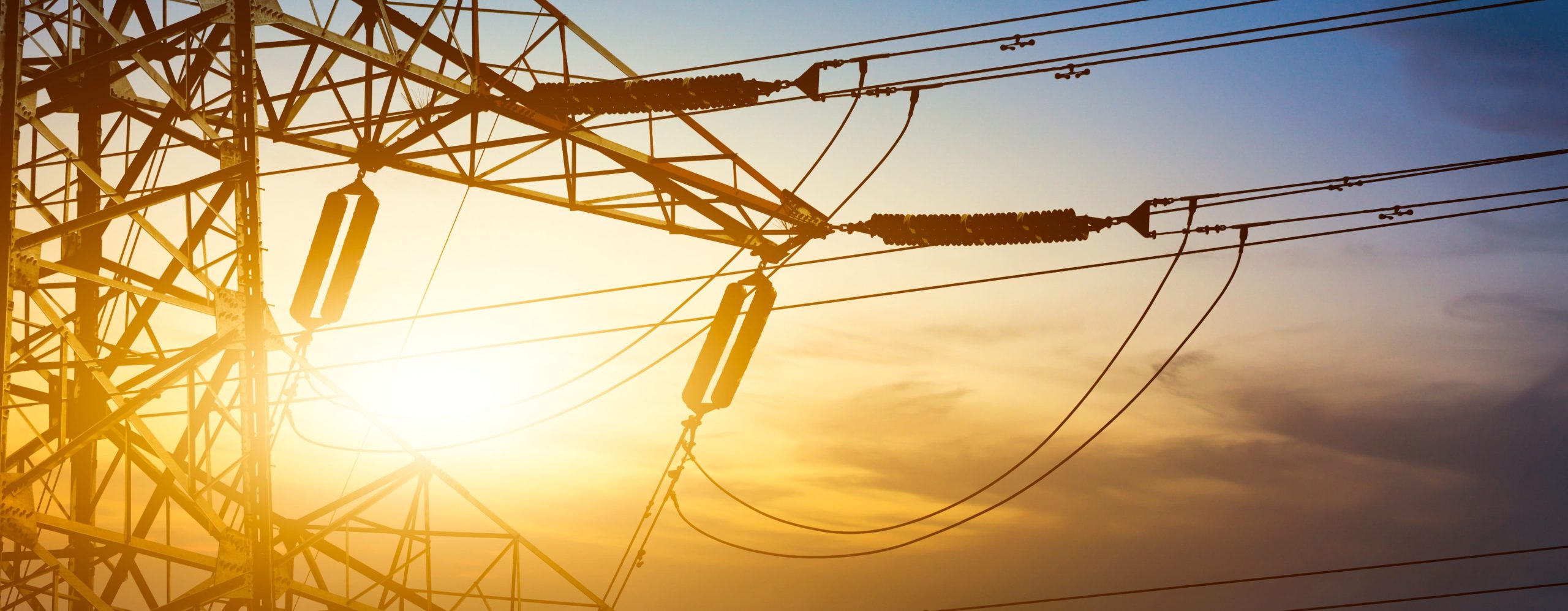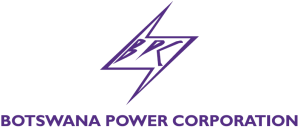Energy Saving Tips

Turn Off When Not Needed: Switch off your geyser when not needed and during peak hours to avoid unnecessary heating cycles and significant energy consumption.
Lower the Thermostat: Set your geyser’s thermostat to 50–60°C. This temperature is sufficient for most household needs and significantly reduces energy consumption.
Install a Timer: Fit a timer to your geyser so it only heats water during peak usage times (e.g., mornings between 6 am and 10 am and evenings between 6 pm and 10 pm), rather than running all day. Scheduled heating can reduce power consumption by 9%–18%.
Use Less Hot Water: Take shorter showers, opt for showers instead of baths, and use cold water for tasks like washing hands or rinsing vegetables to reduce hot water demand.
Insulate the Geyser and Pipes: Use a geyser blanket and insulate hot water pipes to minimize heat loss. Proper insulation can save up to 20% on the electricity needed to reheat water.
Upgrade to Efficient Fixtures: Install energy- and water-saving showerheads to reduce hot water usage by up to 24%.
Choose the Right Size Geyser: Select a geyser that matches your household’s needs. Oversized geysers waste energy by heating more water than necessary.
Maintain Your Geyser: Regularly check and service your geyser to ensure it operates efficiently. Remove limescale buildup and check the thermostat and heating element for optimal performance.
Consider Renewable Alternatives: If possible, switch to a solar or gas geyser to reduce reliance on electricity and further lower energy costs
Use CFLs Where Appropriate: Compact Fluorescent Lamps (CFLs) are also energy-efficient, using about 70–75% less energy than incandescent bulbs and lasting much longer. However, handle and dispose of them carefully due to their mercury content.
Turn Off Lights When Not Needed: Always switch off lights when leaving a room, even if you will be gone for just a few minutes.
Maximize Natural Light: Open curtains and blinds during the day to use sunlight instead of artificial lighting.
Install Motion Sensors: Use motion sensors to ensure that lights are on only when needed or necessary.
Group Lighting Controls: Use grouped switches to control multiple lights in large areas, making it easier to turn off lights when not needed.
- Iron low temperature fabrics first to reduce warm up time.
- Iron large batches of clothing at one time to avoid wasting energy by reheating the iron several times.
- Switch your iron off before you are totally finished and complete the ironing on stored energy.
- Prevent scorching and wasting energy by not over heating the iron.
- Use only distilled water in steam irons.
- Be sure to turn off your iron if you are interrupted whilst ironing.
- Buy ‘no iron’ sheets and clothing; use the permanent press feature on your washer and dryer if it is available. By removing clothing immediately from the dryer and folding them carefully, many items will require no ironing, or just a quick press.
- Choose a refrigerator of a size based on the needs of your family; refrigerators operate at peak efficiency when filled; however it should not be over filled.
- Thick frost on chilling panels reduces cooling ability. If you do not have a frost-free model, defrost your refrigerator when frost’s thickness approaches 0.6cm.
- Don’t open your refrigerator door needlessly. By getting into the habit of removing and replacing several articles at once, you’ll reduce loss of cold air.
- Let hot foods cool down before placing them into the refrigerator. (To a void bacterial growth allow at least 20 minutes standing time).
- Be sure that the seal around your refrigerator door is intact. (Close the door on a piece of paper: If you can pull the paper out easily, the seal needs to be replaced).
- Remove all wrappings from food before storing it in the fridge.
- Foods should be placed slightly apart on refrigerator shelves, to allow the cooling air to circulate.
- Exposed condenser coils/panels (usually at the back of the unit) must be kept clean and dust free. When cleaning you must be careful not to damage the panels.
- Don’t place the refrigerator near the stove or against an un-insulated wall that faces the sun.
- Allow adequate space around the refrigerator for free air circulation.
- Turn on the energy saving switch if one is fitted to the refrigerator.
- Turn off, empty, clean and leave refrigerator door open when taking an extended holiday.
- Cover all liquids stored in the frost-free refrigerator models.
Set Thermostat Efficiently: Keep your air conditioner thermostat between 23°C and 26°C. Each degree cooler can increase energy use by about 8%, so avoid setting it too low.
Use Programmable or Smart Thermostats: Program your AC to run only when needed, such as raising the temperature when you are away or asleep, to avoid unnecessary cooling.
Install in Shaded Areas: Position outdoor compressors in shaded spots to prevent overheating and improve efficiency.
Seal and Insulate Ducts: Properly sealed and insulated ducts prevent air loss, saving on energy costs.
Limit Heat-Generating Activities: Avoid using ovens, dishwashers, or other heat-producing appliances during peak hours (6 am and 10 am and 6 pm and 10 pm) to reduce indoor temperature load.
Avoid Frequent Thermostat Changes: Maintain a consistent temperature setting to prevent the AC from working harder.
Consider Upgrading to Energy-Efficient Models: Newer AC units with energy-saving features like variable speed compressors and smart sensors offer long-term savings.
Maintain Pool Equipment Regularly: Clean filters, check for leaks, and service heaters and pumps to ensure they operate efficiently and avoid unnecessary energy use.
Install LED Pool Lighting: Replace incandescent or halogen lights with LEDs to reduce lighting energy use by up to 80% and extend bulb life.
Use Advanced Heating Technologies: Consider high-efficiency heaters, heat pumps, or solar pool heaters that consume less energy compared to traditional electric heaters.
Automate Pool Systems: Use automation technology to schedule heating, filtration, and lighting based on usage patterns and energy cost fluctuations.
Use a Pool Cover: Cover your pool when not in use to reduce heat loss and water evaporation by up to 95%, significantly lowering heating and water replacement costs.
Install a Variable-Speed or Energy-Efficient Pump: Upgrading to ENERGY STAR-certified variable-speed pumps can save hundreds of dollars annually by using less electricity and running more efficiently than single-speed pumps.
Optimize Pump Operation: Run your pump during off-peak hours and only for the necessary duration to maintain water quality, reducing energy consumption.
Energy Saving Tips For Businesses
Maximise Natural Light: Arrange workspaces to take advantage of daylight, reduce artificial lighting use, and consider daylight sensors to dim lights when sufficient natural light is available.
Switch to LED Lighting: Replace traditional bulbs with LEDs to cut energy use by up to 80% and reduce cooling loads from heat emission.
Conduct Energy Audits: Identify inefficiencies and outdated equipment through professional audits to target energy-saving opportunities effectively.
Install Smart Meters and Controls: Use smart meters and programmable thermostats to monitor and optimize energy consumption, including scheduling heating, cooling, and lighting to match occupancy.
Upgrade to Energy-Efficient Equipment: Replace old appliances and machinery with energy-efficient models to reduce consumption and improve performance.
Implement Behavioural Changes: Educate staff to turn off lights and equipment when not in use, minimize standby power, and adopt energy-conscious habits.
Manage Heating, Ventilation, and Cooling Efficiently: Set thermostats to optimal temperatures, maintain equipment regularly, seal ducts, and use shading or blinds to reduce heat gain.
Leverage Renewable Energy: Where feasible, install solar panels or switch to green energy to reduce carbon footprint and energy costs.
Optimize Operations to Reduce Peak Demand: Shift energy-intensive activities to off-peak hours to benefit from lower tariffs and reduce strain on systems.
Tailor Strategies to Business Type and Size: Customize energy-saving measures based on industry, premises type, and operational hours for maximum impact.
Encourage Flexible Working: Promote remote or staggered working hours to lower office occupancy, reducing energy demand for lighting, heating, and cooling.
Energy Saving Tips For Households
Use Energy-Efficient Lighting: Replace incandescent bulbs with LEDs or CFLs, which use significantly less energy and last longer. Turn off lights when not in use and maximize natural daylight.
Optimize Heating and Cooling: Set thermostats to energy-efficient temperatures, use programmable thermostats, clean or replace HVAC filters regularly, and schedule annual maintenance to keep systems efficient.
Manage Appliances Wisely: Choose ENERGY STAR-rated appliances, unplug devices when not in use to avoid phantom loads, and use power strips to easily disconnect multiple devices.
Maintain Refrigerators: Keep fridge seals tight, set appropriate temperatures (around 4–5°C for fridge, -18°C for freezer), and clean condenser coils regularly to ensure efficient operation.
Use Smart Controls: Install timers, motion sensors, or smart thermostats to automate and optimize energy use in lighting and HVAC systems.
Switch off appliances that are not in use
Login into your account
With new BPC customer portal, you can pay and analyze your bills online, view your energy use and sign up for paperless billing.
